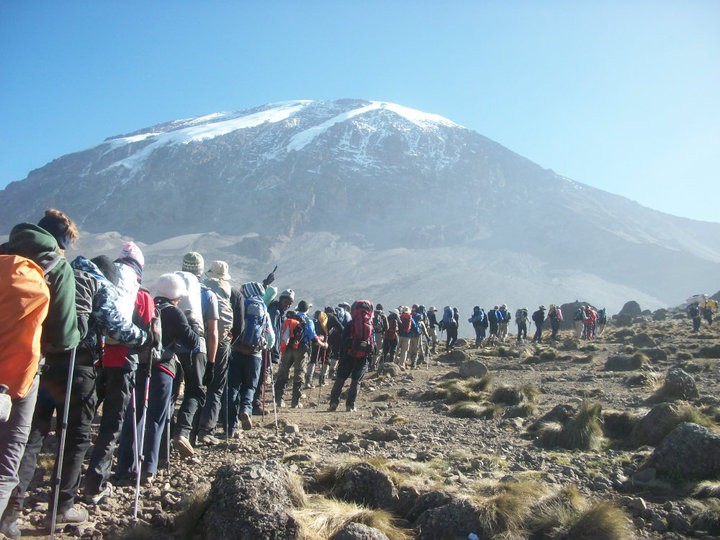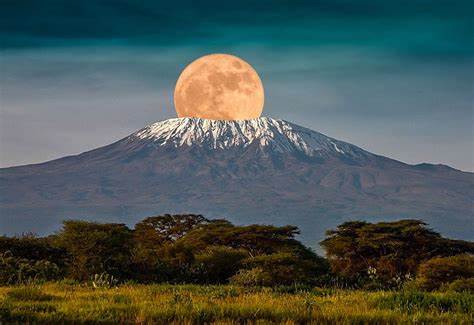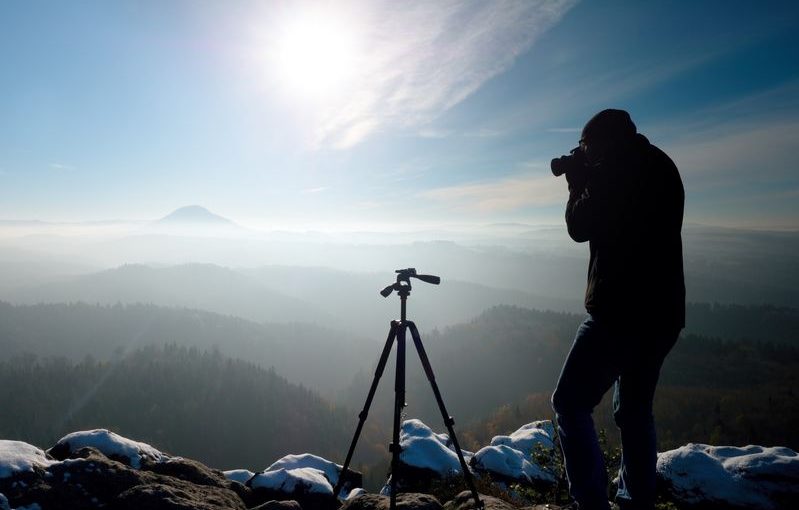
Mount Rwenzori Frequently Asked Questions (FAQs)
Whether you’re planning your first trek or looking to deepen your knowledge of this majestic range, our mount Rwenzori Frequently Asked Questions (FAQs) cover everything you need to know about Rwenzori Mountain tours in Uganda.
Nestled in the heart of East Africa, Mountain Rwenzori, often referred to as the “Mountains of the Moon,” is a breathtaking destination for adventurers and nature enthusiasts alike located in Uganda, Africa. Known for its stunning landscapes, diverse ecosystems, and challenging mountain Rwenzori trekking routes in Uganda, Mountain Rwenzori offers a unique experience that combines the thrill of mountain climbing and trekking with the beauty of untouched wilderness.
Rwenzori Mountain Specific Frequently Asked Questions (FAQs)
Q1: What makes the Rwenzori Mountains unique?
A: The Rwenzori Mountains, also known as the “Mountains of the Moon,” are renowned for their stunning glaciers, diverse ecosystems, and endemic species. Unlike other African mountain ranges, the Rwenzori are covered in snow and glaciers year-round, creating a unique alpine environment in the heart of Africa. The rich biodiversity includes rare plant species, unique birdlife, and the opportunity to see animals like forest elephants and chimpanzees.
Q2: How long does it take to climb the Rwenzori Mountains?
A: The length of your trek depends on the route and peak you aim to reach. For example, the Central Circuit, which summits Margherita Peak, typically takes 7-10 days. Shorter treks exploring the lower slopes and valleys of the Rwenzori can be completed in 3-5 days, offering a taste of the mountain’s beauty without the full ascent.
Q3: What wildlife can I expect to see in the Rwenzori Mountains?
A: The Rwenzori Mountains are a haven for wildlife enthusiasts. You may encounter forest elephants, several species of primates including blue monkeys and colobus monkeys, the Rwenzori turaco, and other bird species unique to the region. The lower altitudes are rich in tropical vegetation, while the higher altitudes reveal unique alpine flora.
Q4: Can I combine a Rwenzori trek with other activities?
A: Yes! The Rwenzori Mountains are located near several national parks, including Queen Elizabeth National Park, which is famous for its wildlife safaris. You can also add gorilla trekking in Bwindi Impenetrable National Park or cultural tours to explore the traditions of the Bakonzo people. We offer customizable itineraries to create a comprehensive Ugandan adventure.
Q5: What is the highest peak in the Rwenzori Mountains?
A: The highest peak in the Rwenzori Mountains is Margherita Peak on Mount Stanley, which stands at 5,109 meters (16,762 feet). Reaching the summit is a challenging but rewarding experience, offering breathtaking views of the surrounding glaciers and the lush valleys below.
Q6: Are there shorter trekking options in the Rwenzori Mountains?
A: Yes, for those with limited time or who prefer a less strenuous hike, shorter treks are available. These treks focus on the lower slopes, exploring the beautiful valleys, waterfalls, and unique flora of the Rwenzori Mountains. They are perfect for nature lovers who want to experience the magic of the mountains without attempting the higher peaks.
Q7: What cultural experiences can I expect when visiting the Rwenzori Mountains?
A: The Rwenzori region is home to the Bakonzo people, who have a rich cultural heritage. Visitors can participate in traditional dances, learn about local farming practices, and explore the historical significance of the mountains in Bakonzo culture. Many treks include cultural experiences as part of the itinerary, offering a deeper connection to the region.
Q8: What is the climate like in the Rwenzori Mountains?
A: The Rwenzori Mountains have a unique climate, characterized by frequent rainfall and cooler temperatures compared to other parts of East Africa. The lower slopes are typically tropical, with high humidity, while the higher altitudes experience colder temperatures, sometimes dropping below freezing. The peaks are often covered in snow and glaciers year-round. Proper gear and preparation are essential for a comfortable trek.
Q9: How challenging is it to reach Margherita Peak?
A: Reaching Margherita Peak is considered a challenging trek due to the high altitude, steep ascents, and technical aspects of the climb, particularly in the final stages. It involves crossing glaciers and navigating rocky terrain. While the climb is tough, it is achievable with proper acclimatization and support from our experienced guides. The reward of standing on the highest point of the Rwenzori is well worth the effort.
Q10: Are there any health concerns I should be aware of when trekking in the Rwenzori Mountains?
A: As with any high-altitude trek, there are potential health risks such as altitude sickness, dehydration, and hypothermia. We recommend that you consult with your doctor before the trip, especially if you have pre-existing health conditions. Our guides are trained to recognize and respond to altitude sickness and other health concerns, and we carry first aid supplies on all treks.
Q11: What is the best time to visit Mountain Rwenzori?
A: The best time to visit Mountain Rwenzori is during the dry seasons, which occur from December to February and June to August. These months offer the most favorable weather conditions for trekking, with less rainfall and clearer skies.
Q12: Do I need a guide to trek Mountain Rwenzori?
A: Yes, it is mandatory to hire a licensed guide to trek Mountain Rwenzori. The guides are knowledgeable about the terrain, weather conditions, and safety protocols, ensuring a safer and more enjoyable experience. Porters are also available to help carry gear and supplies.
Q13: What are the main trekking routes on Mountain Rwenzori?
A: There are several trekking routes on Mountain Rwenzori, with the Central Circuit and Kilembe Trails being the most popular. The Central Circuit is a circular route that takes about 7-8 days to complete, while the Kilembe Trail offers a different approach to Margherita Peak, taking 6-7 days.
Q14: What should I pack for a trek on Mountain Rwenzori?
A: Essential items to pack for a trek on Mountain Rwenzori include warm clothing, waterproof gear, sturdy trekking boots, a sleeping bag, and camping equipment. It’s also important to bring a first aid kit, water purification tablets, high-energy snacks, and a reliable backpack.
Q15: How can I prepare for the altitude on Mountain Rwenzori?
A: Acclimatization is key to handling the altitude on Mountain Rwenzori. Spend a few days at lower elevations before ascending, stay hydrated, and consider taking medication to prevent altitude sickness. Slow and steady progress during the trek is also crucial.
Q16: Are there accommodation options on Mountain Rwenzori?
A: Accommodation options on Mountain Rwenzori include basic mountain huts and campsites along the trekking routes as well as accomodation options in towns around Mountain Rwenzori i.e affordable budget friendly hotels and luxurious hotels and lodges. These facilities provide shelter and a place to rest, but they are typically very basic, so it’s important to be prepared for a rustic experience.
Q17: What is the cost of a Rwenzori Mountain tour?
A: The cost of a Rwenzori Mountain tour varies depending on the length of the trek, the route, and the services included. On average, you can expect to pay between $1,000 and $2,500, which usually covers permits, guides, porters, accommodation, and meals.
Q18: How long does it take to trek to Margherita Peak?
A: The trek to Margherita Peak, the highest point on Mountain Rwenzori, typically takes 7-10 days, depending on the chosen route and weather conditions. The trek is challenging, and climbers should be well-prepared for the demanding conditions.
Q19: Is it safe to trek on Mountain Rwenzori?
A: Trekking on Mountain Rwenzori is generally safe if you are well-prepared and follow the guidance of your licensed guide. The key safety concerns are weather conditions, altitude sickness, and the challenging terrain. It’s important to listen to your guide and be aware of your physical limits.
Q20: Can I combine a Rwenzori trek with a wildlife safari?
A: Yes, many tour operators offer packages that combine a trek on Mountain Rwenzori with a wildlife safari in nearby national parks, such as Queen Elizabeth National Park or Semuliki National Park. This provides a well-rounded experience of Uganda’s natural beauty.
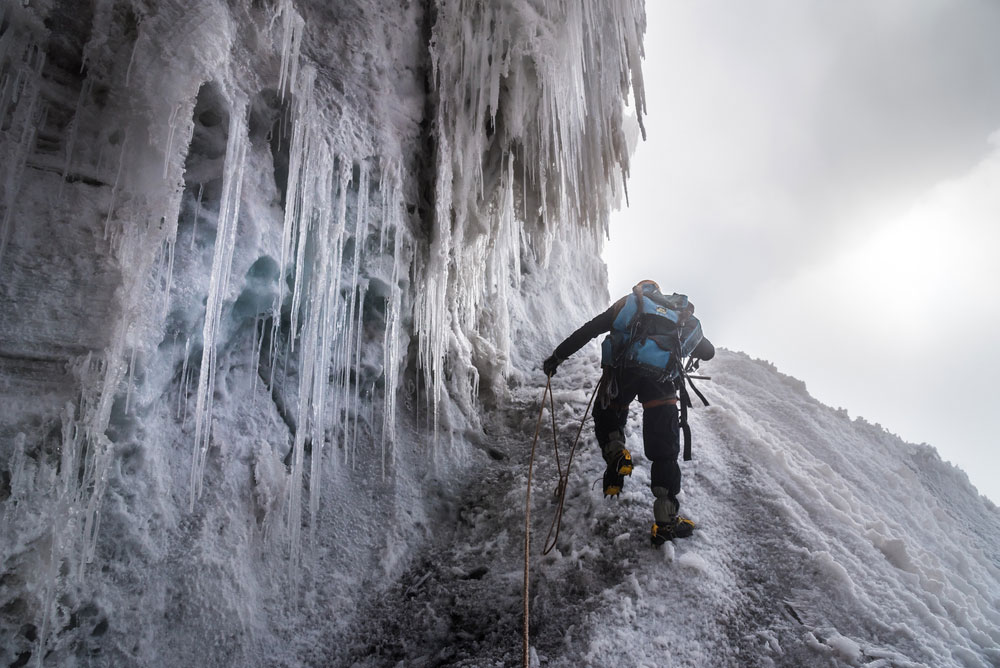
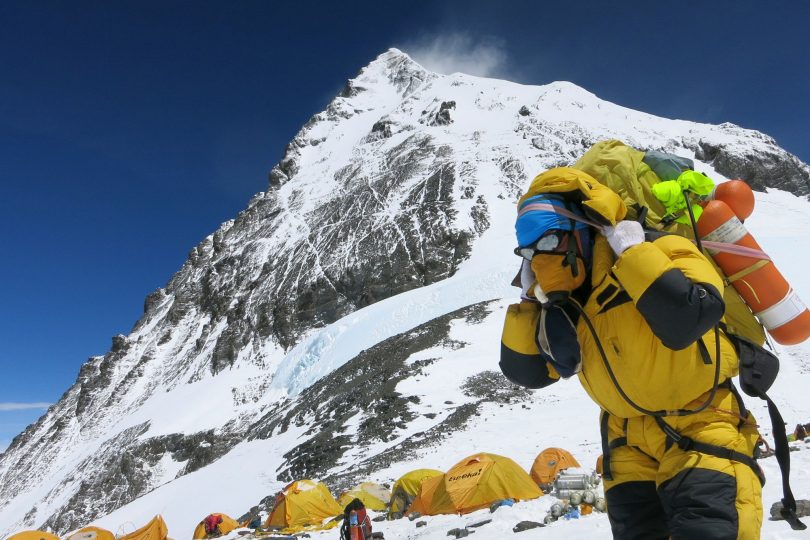
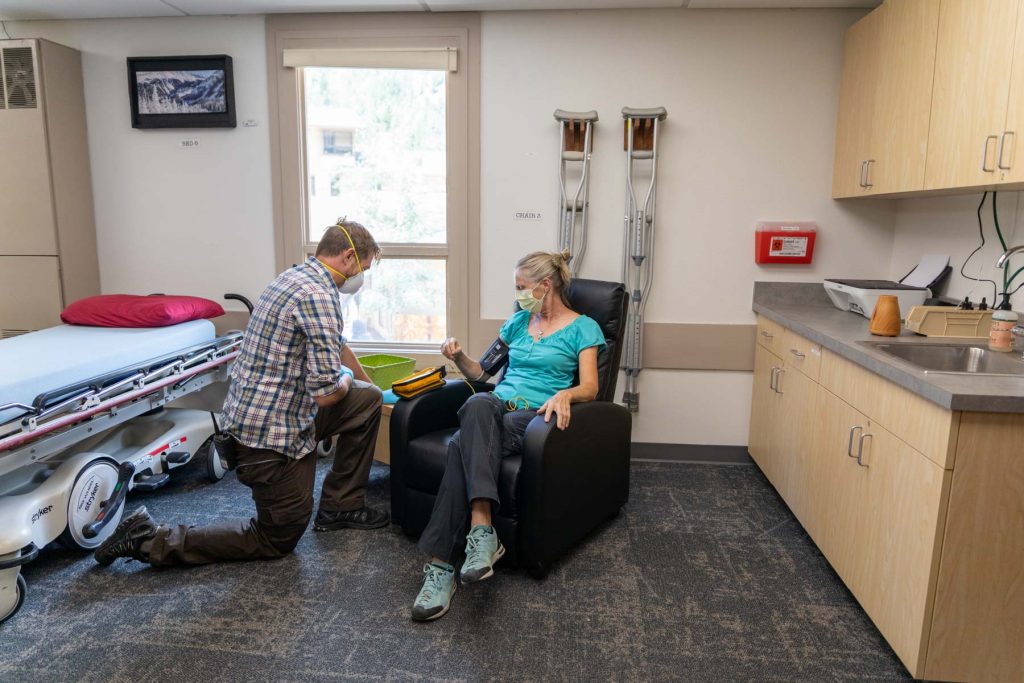
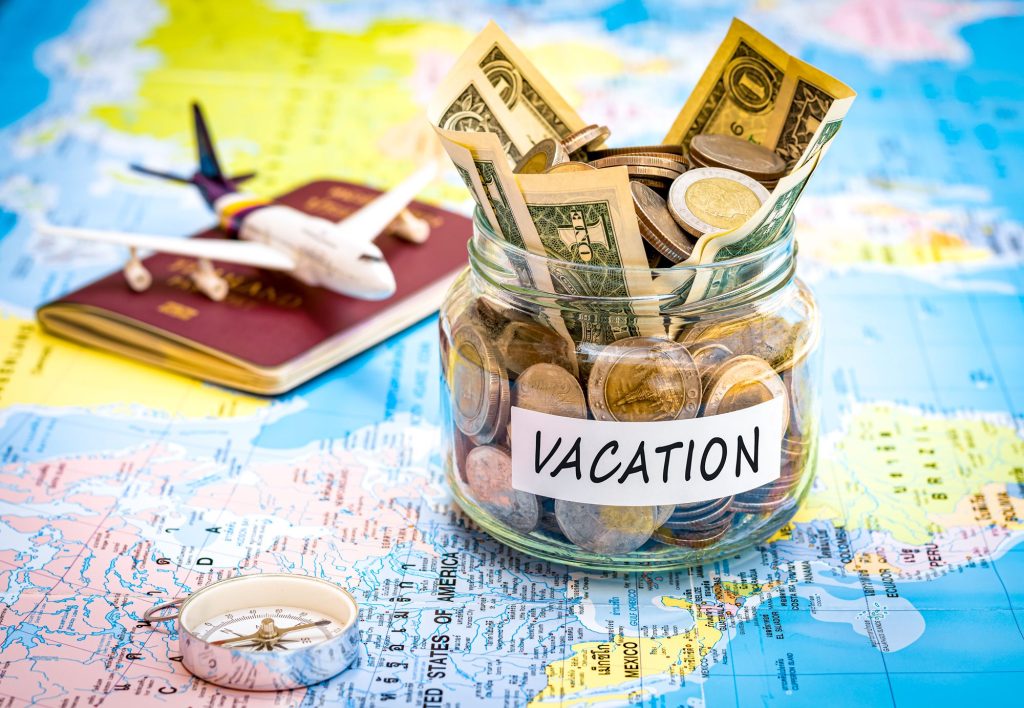
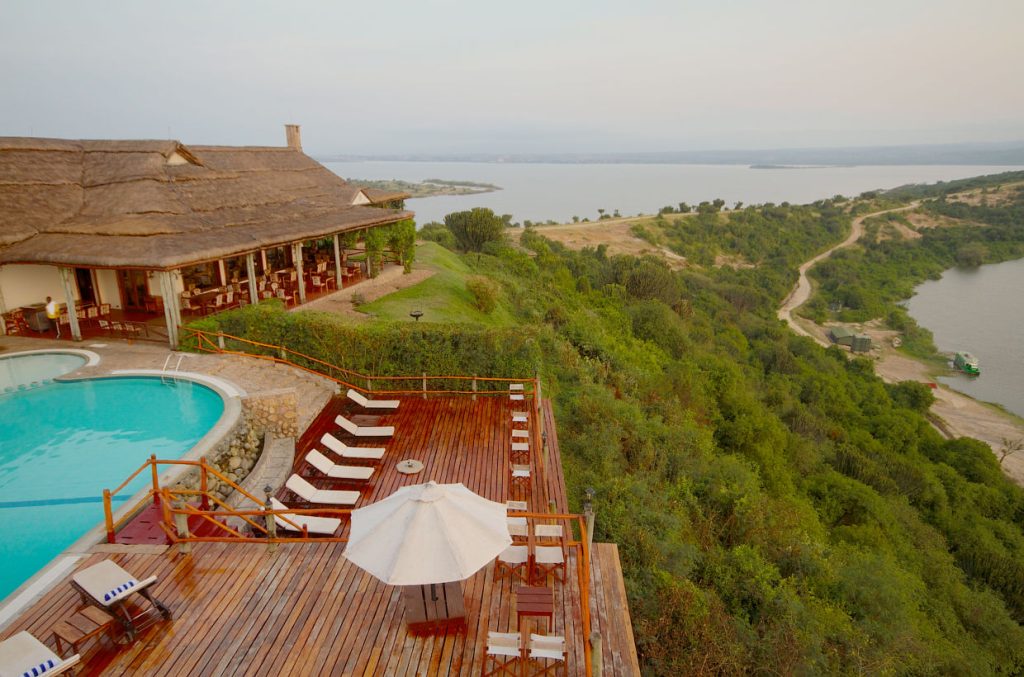
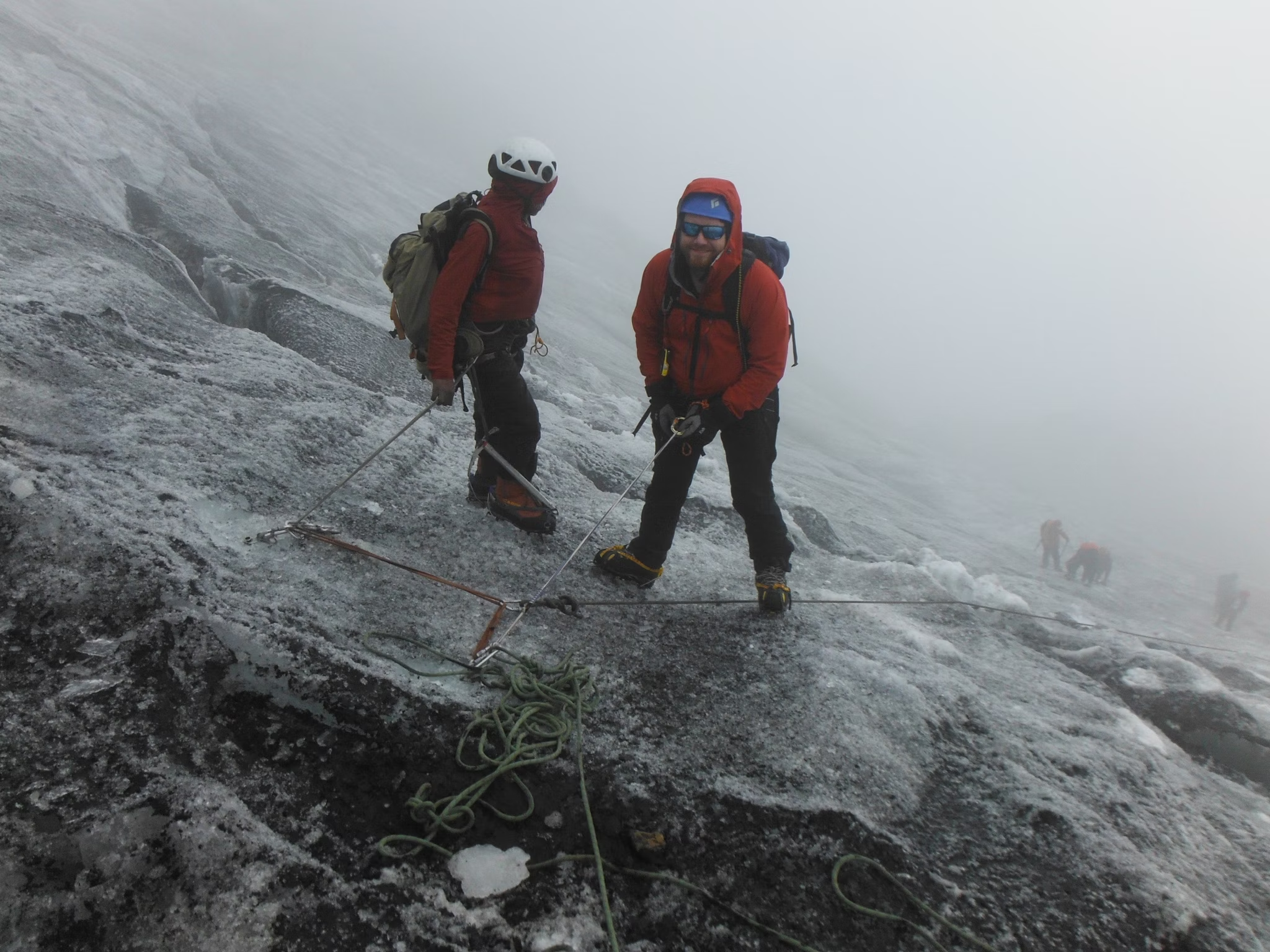
Conclusion
This mountain Rwenzori Frequently Asked Questions(FAQs) page provides a comprehensive overview of what to expect when planning a tour to Mountain Rwenzori in Uganda. Whether you’re a seasoned trekker or a first-time visitor, these insights will help you prepare for an unforgettable adventure in the Mountains of the Moon in Uganda.
Whether you’re an experienced hiker or a first-time climber on mountain Rwenzori, our dedicated Kilimanjaro Rwenzori climbing experts team is here to support you every step of the way. If you have more questions or need personalized assistance in planning your trek, don’t hesitate to contact us.
Start your unforgettable journey in East Africa today! Explore our customizable mountain Rwenzori trekking tour packages and join the ranks of adventurers who have reached the summits of Kilimanjaro and Rwenzori Mountains. Experience the thrill of conquering these majestic peaks, and create memories that will last a lifetime.
Ready to embark on your adventure? Visit our for Kilimanjaro Rwenzori Climbing experts booking page or get in touch with us by tapping on that floating contact button on the screen for more information. Your dream trek awaits!

